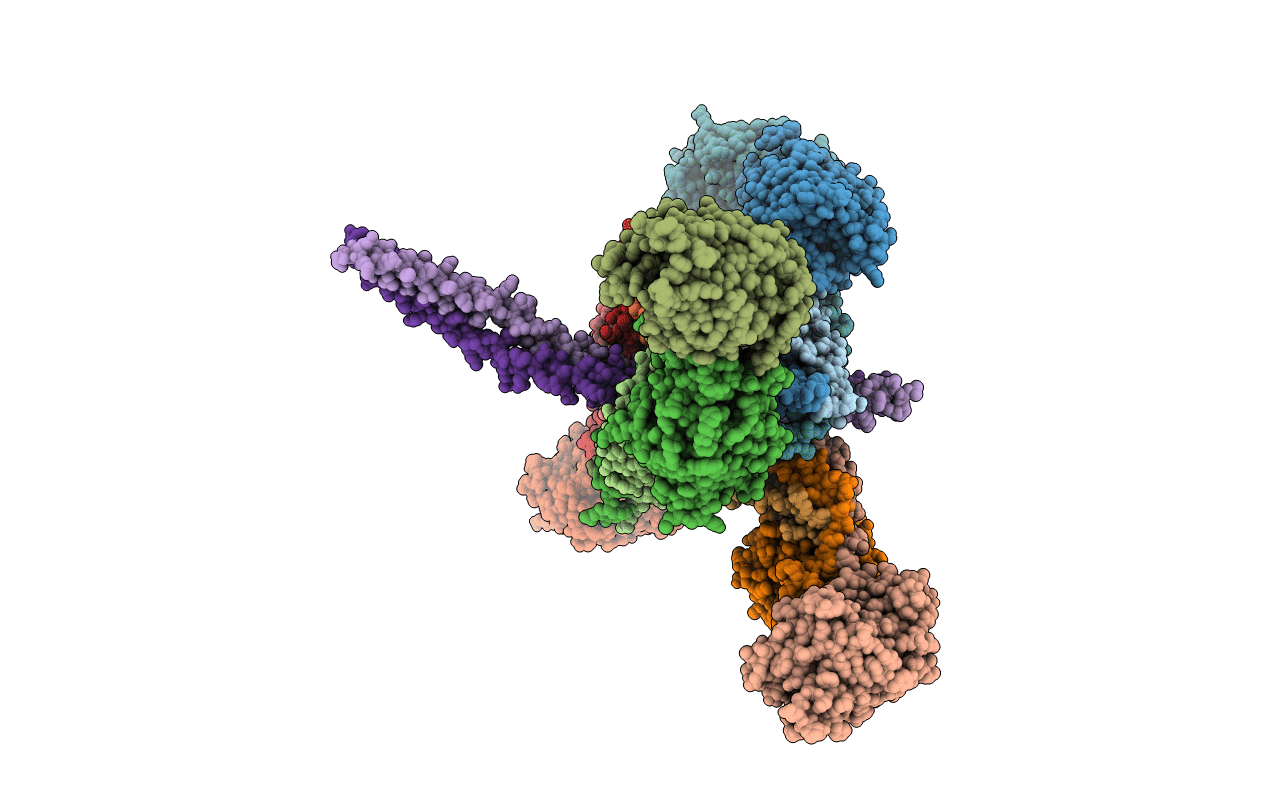
Deposition Date
2010-08-06
Release Date
2011-04-13
Last Version Date
2024-10-16
Entry Detail
PDB ID:
2XNX
Keywords:
Title:
BC1 fragment of streptococcal M1 protein in complex with human fibrinogen
Biological Source:
Source Organism:
STREPTOCOCCUS PYOGENES (Taxon ID: 1314)
HOMO SAPIENS (Taxon ID: 9606)
HOMO SAPIENS (Taxon ID: 9606)
Host Organism:
Method Details:
Experimental Method:
Resolution:
3.30 Å
R-Value Free:
0.32
R-Value Work:
0.27
R-Value Observed:
0.27
Space Group:
P 1 21 1


